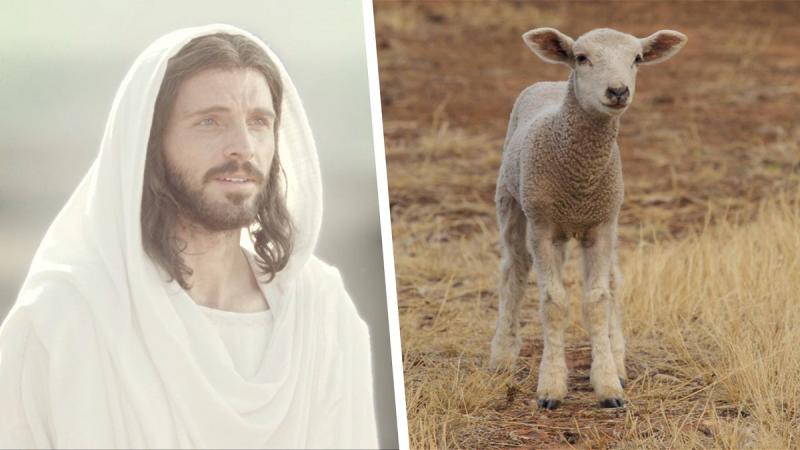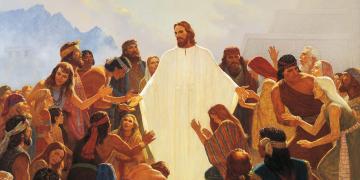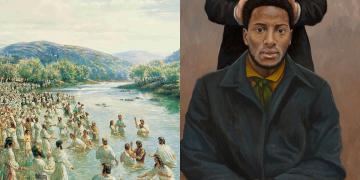You are here
Book of Mormon Central is in the process of migrating to our new Scripture Central website.
We ask for your patience during this transition. Over the coming weeks, all pages of bookofmormoncentral.org will be redirected to their corresponding page on scripturecentral.org, resulting in minimal disruption.
Watch: Fascinating Symbolism of Christ as the Passover Lamb
The events of the last week of the life of the Savior, Jesus Christ are the most significant in all of history. These eight days, from Palm Sunday to Resurrection Sunday change everything. They give us hope. They show us that sin and death will never prevail. These eight days begin with Jesus coming to the beautiful city of Jerusalem to celebrate the Passover festivals. As we better understand Passover and the spring Jewish Feasts, we can gain powerful insights into Holy Week, the atonement, and the ultimate triumph over all things by Christ, our Passover Lamb.
Watch this video from Messages of Christ to learn more about the symbolism of Jesus Christ as the Passover Lamb this Easter
Passover was first celebrated by the ancient Israelites as they were freed from Egypt after living in bondage for over 400 years (see Exodus 12). As part of this deliverance, the Lord commanded that on the 10th day of the first month, the people were to select a lamb without blemish and to bring it into their homes for the next four days (Exodus 12:3-5). During this period the family would examine the lamb for impurities and would likely become very attached to this young innocent lamb. The family also cleansed their home of all leaven products, leaven often symbolizing impurity because it can quickly spoil and mold (see Luke 12:1). On the 14th day of the month towards the evening, the people then killed the lamb without breaking any of the bones (Exodus 12:6). Using a branch of hyssop, they covered their door post with the blood of the lamb (Exodus 12:22). This was to be a sign for the destroying angel to pass by and spare the firstborn of that home. The Lord then commanded the family to gather that evening and share a meal of the slain lamb, unleavened bread, and bitter herbs (Exodus 12:8). The unleavened bread represented the haste in leaving Egypt, the Israelites not having enough time to allow their bread to rise (Exodus 12:33-34). The bitter herbs represented the bitterness of bondage and slavery. According to later Jewish tradition, wine was also part of the feast as a symbol of joy and redemption.
Once freed from slavery, Israel was commanded to celebrate the Passover every year thereafter, to commemorate and help them remember the powerful hand of God in delivering them from bondage. In addition to Passover, each spring the children of Israel were also to celebrate the Feast of Unleavened Bread and the observance of the First Fruits. The Feast of Unleavened bread started the day after Passover and ran for seven days from the 15th through the 21st of the month (Leviticus 23:6-8). During this period no leaven was to be consumed, again commemorating the haste with which the children of Israel fled Egypt. The offering of the First Fruits was celebrated the day following the first Sabbath of the Feast of Unleavened bread (Leviticus 23:10-14). On the evening of the Sabbath, the priests would cut the best sheaf of barley and bring it to the temple to be threshed and ground. In the morning the flour would then be combined with oil and frankincense and a handful would be burned on the altar. The offering of the First Fruits symbolized the gratitude of the people by first giving to God an offering before enjoying for themselves the harvest of that season.
Read the rest at Redeemer of Israel
Subscribe
Get the latest updates on Book of Mormon topics and research for free








